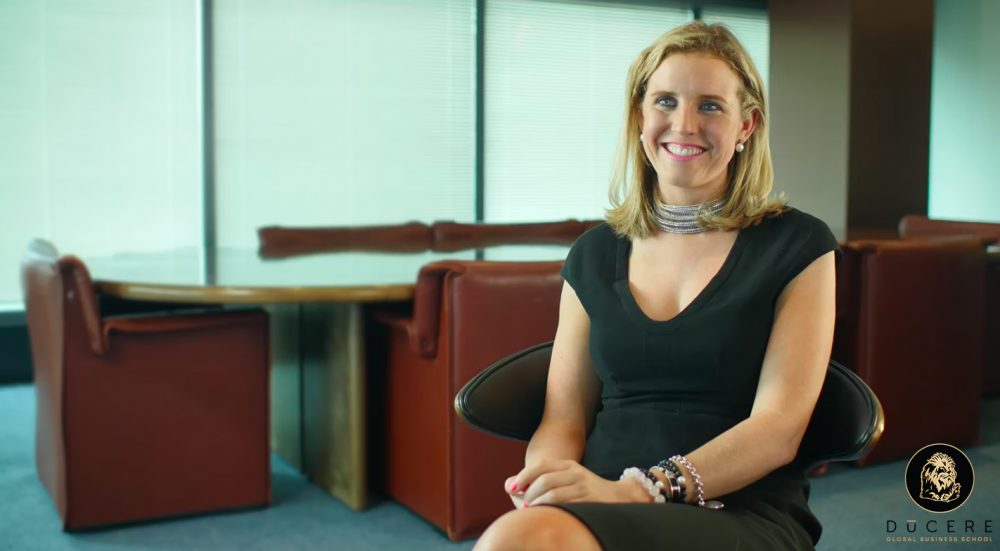For the last 13 years, Ducere Global Leader Faculty Member Sophie Ryan has been CEO of Sony Foundation Australia, the electronic giant’s charity arm that’s raised US$27 million since its formation in 1998 to improve the lives of young Australians with cancer, disabilities or experiencing homelessness.
After a law degree at the Australian National University, she completed her studies in international law in Vienna, where she was appointed a research assistant to the United Nations’ special rapporteur for torture. After seven months, she was promoted to the United Nations Office on Drugs and Crime, where she was tasked with implementing a criminal justice and prison reform project in Sudan.
Her years heading up the Sony Foundation, which sends hundreds of children with disabilities to holiday camps each year, have given her key insights into best practices within the not-for-profit sector. She believes firmly that such organizations must invest in the best talent to deliver for those most in need.
“We shouldn’t look at overhead costs in a negative light,” she says. “If a charity has spent 30 cents on the dollar it may be that it makes them more efficient and able to make long-term plans and commitments.
“Investing in overheads is actually really important for the sustainability of the organization and to attract the really good people. If you want the business minds coming out of Stanford or Harvard, it might be you need to invest in them so they come up with really compelling solutions.”
“Investing in overheads is actually really important for the sustainability of the organization and to attract the really good people.”
Another important lesson she has learned is that fundraising can’t just be about using emotive imagery through social media to reach a huge number of people. It has to go one step further.
Beyond ‘slacktivism’
“When a photo of a child starving in Africa receives millions and millions of likes across the world, what has that actually done?” she asks. “What is the impact? Socially conscious individuals go online, click to like a certain issue, but does that actually translate into any changed behavior or investment of funds?
“New models are coming out where incredibly brilliant people are working on how to translate that kind of ‘slacktivism’ into raising money for some exciting projects.”
The world of corporate philanthropy has perhaps the biggest potential to create positive change.
“Businesses are investing more, and going beyond just making a donation,” she says. “They have the efficiencies, supply chains and leadership structures to solve problems. You’re going to see the most sustainable change when you have creative, innovative thinkers at the top saying, ‘Look, let’s take a bit of a leap here… our impact could be significant’.”
The CEO Magazine is proud to have partnered with Ducere Global Business School to bring our readers career-driven MBA programs. Click here to find out more.







